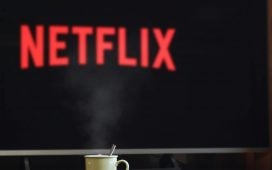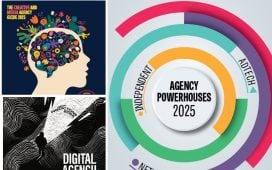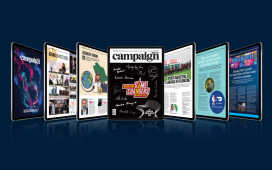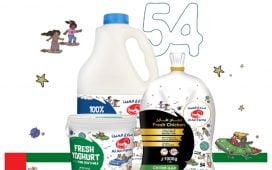Ahmad Itani is founder and CEO of Cicero & Bernay Public Relations and chairman of PRCA MENA.
In December of 2019, as we all looked forward to the new year and had begun anticipating upcoming trends that would change or affect 2020, a news story that was getting increased visibility originated around 5,000 km to the east in China.
On January 30, 2020, Covid-19 was declared a global pandemic and, as of March of the same year, the world would undergo a lockdown that would change the way we live and experience life for the foreseeable future.
At the outset of every year, we reflect upon the previous 12 months to envision a path forward for the coming 12. In the closing of 2019, I foresaw the gro
Predictions2021: PR agencies, by Cicero & Bernay’s Ahmad Itani
2021 is set to be a year of constant change, writes Ahmad Itani of C&B and PRCA MENA.
To continue reading this article you need to be registered with Campaign. Registration is free and only takes a minute. Register Now or sign in below if you already have an account.









